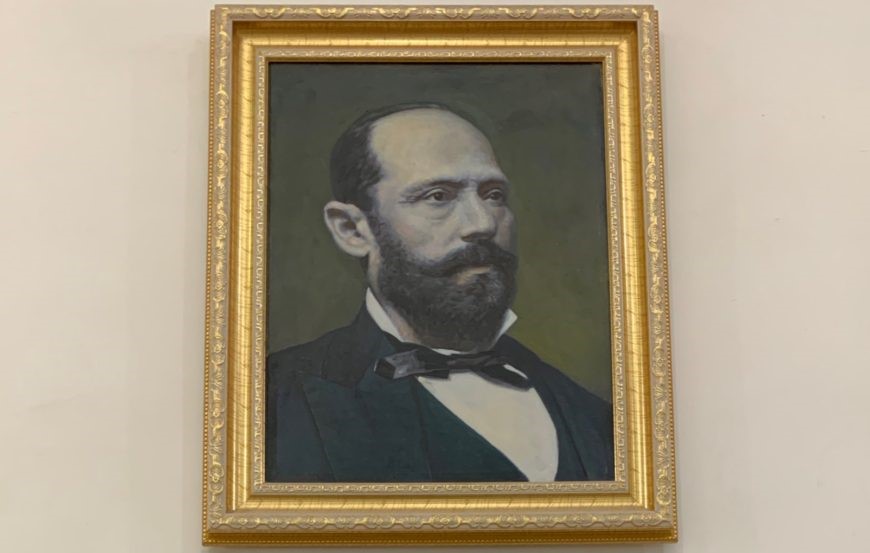Xiva is a small town in western Uzbekistan. It has been a World Heritage Site since 1991 with its stunning buildings. The city was founded in the 6th century BC, but the town and its surroundings remained hidden for a long time for European travelers.
Few would think that the “discovery”; of the city was related to a Hungarian. Ármin Vámbéry arrived here in 1863 and explored the city and its surroundings during an expedition to the east. Vámbéry made the first description, which is still used by researchers and scientists working in the area.
The memorial plaque commemorating the expedition and Vámbéry on Xiva’s main square commemorates a Hungarian researcher. Vámbéry was born in 1832 in Szentgyörgy, Hungary, one of the most prominent orientalists and oriental researchers. After graduating from Piarist High School, he continued his studies in Sopron and Bratislava, and by the age of 20 he spoke more than 8 languages. After completing his studies, he first arrived in Istanbul in 1857, where his first work, a German-Turkish dictionary, was published. From 1860 he was a correspondent member of the Hungarian Academy of Sciences, and a year later, with the support of the Academy, set out on his eastern journey to search for traces of Hungarians.
During his trip, he explored several settlements in that is now Uzbekistan that were unknown to Europeans. He returned to Hungary in 1865, where he became a lecturer at the Budapest University, where he established the world's first department of turcology. On his eastern journey, he reached the ruin town of Persepolis, where, to this day, the name of the palace and the inscription: "long live the Hungarians" are on the wall of the palace.

